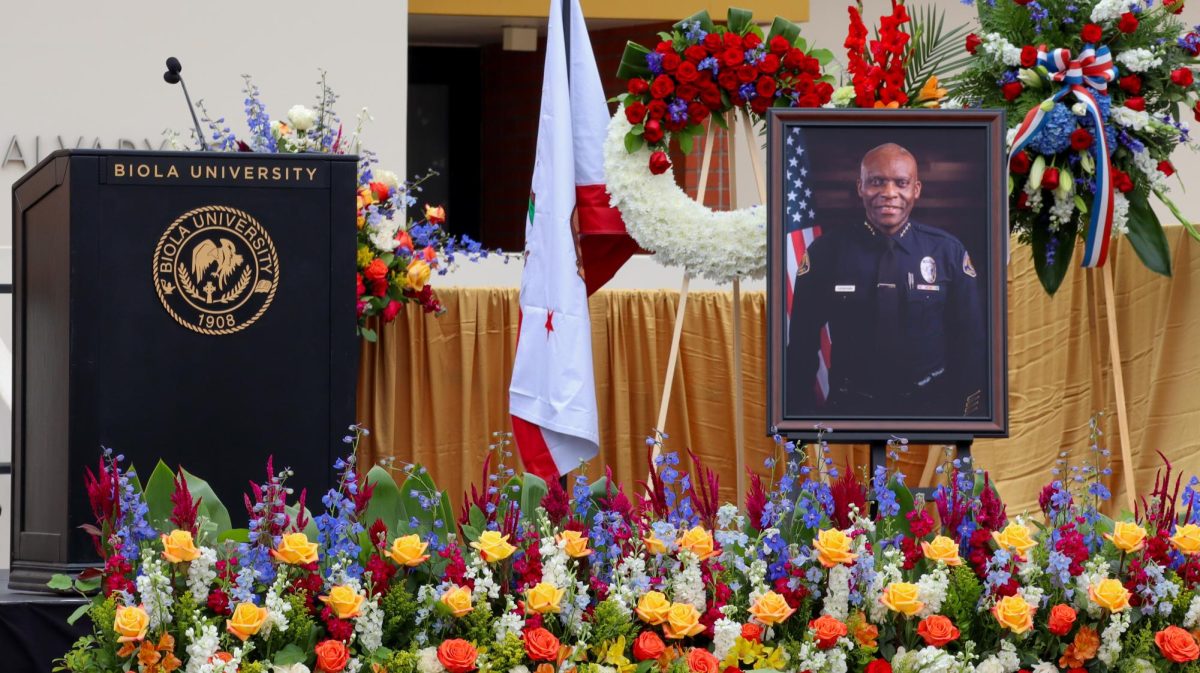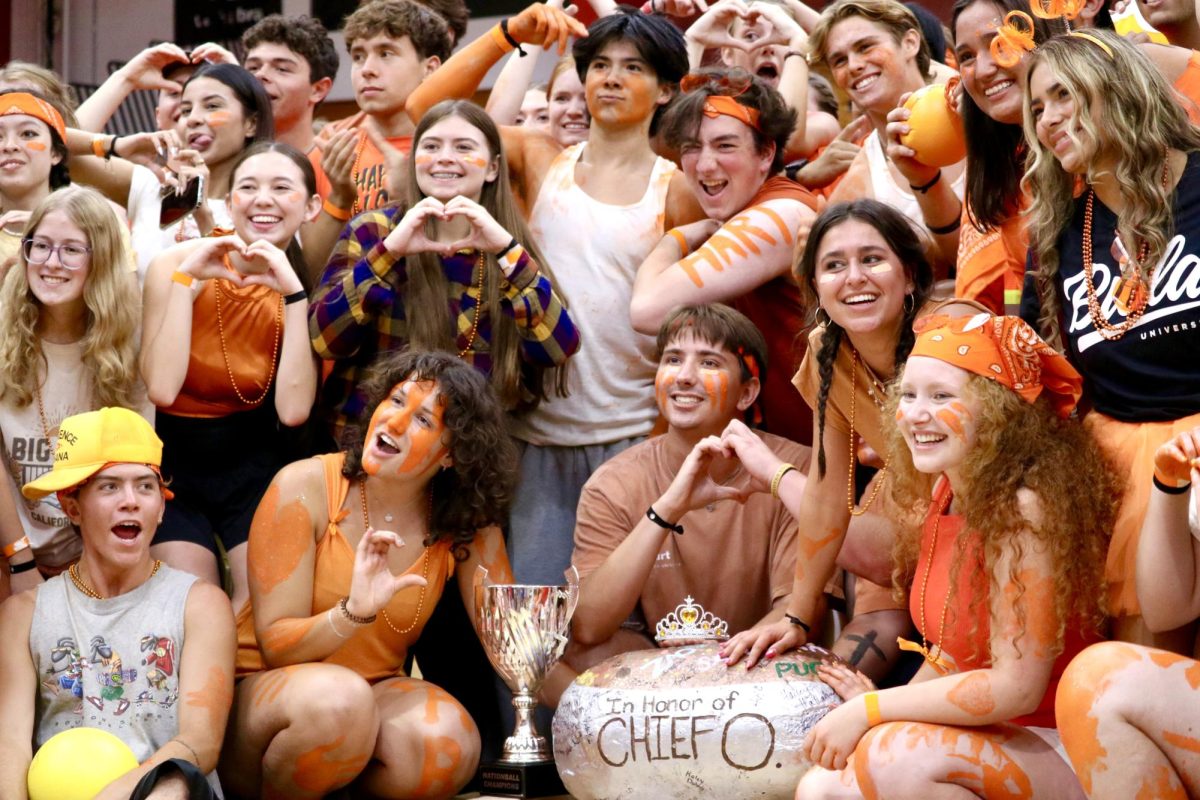Biola University remains a white majority school, according to final 2010 statistics released last month by Biola Institutional Research.
According to the final statistics, 59 percent of all students fall in the white race category. Asians make up 14.8 percent, followed by Hispanics at 11.6 percent. International students are at 5.3 percent, while students with multiple races represent 5.2 percent and blacks make up 3.3 percent. Students had varying opinions on the statistics.
Biola does not reflect the diversity of its surroundings
“Los Angeles is popular for its diverse population, and we do not mirror the diversity of our outside region,” said Glen Kinoshita, director of Multi-Ethnic Programs at Biola, “We need to see an increase in diversity in the student body and in faculty. In that, we will better Biola and the community.”
“I’m from Oakland, where I was the minority,” sophomore Parris Wentz said. “Here, it is just white. I don’t see any multi-cultural representation at all.”
Kinoshita said his job entails seeking students from various backgrounds to help tutor and mentor them. The Multi-Ethnic Program’s goal is to raise racial awareness across campus using different resources such as chapel, events and concerts.
“Diversity enhances the learning environment,” Kinoshita said. “You learn to think critically while learning who you are. Diversity enhances creativity. In a diverse community you learn what your thoughts and paradigms are.”
Kinoshita said there is biblical precedent for reaching out to different cultures. “When Jesus was here he crossed cultural boundaries,” Kinoshita said. “The early church crossed cultural boundaries frequently in their day.”
Biola programs and clubs seek to encourage ethnic diversity
Over the years, programs like the Racial Reconciliation chapels and the Cultural Encounter program have aimed to enhance diversity on campus. The Racial Reconciliation program gathers multi-ethnic students to experience different styles of worship music. Students from diverse backgrounds that have received SURGE scholarships are also involved in Cultural Encounters, a program that encourages multi-cultural awareness and helps students understand cultural diversity on and off campus.
Multi-cultural clubs lean towards minority students and involve Hispanics, blacks, Asians, Filipinos, as well as international students. Other than programs and clubs created for multi-cultural students, there are also events for diverse students to take part in.
Senior Brooke Stroup said she realizes the statistics are factual and that there is no sugar coating it, but at the same time she commended Biola for making it a concern.
Jesus Mural remains an aspect of racial dialogue on campus
The white population at Biola has been a growing concern over the years. Since the 1990 painting of the 27-foot mural of Jesus, controversy has escalated surrounding the issue of white oppression. Those who have opposed the mural say that the light-skinned Jesus represents the white majority, which leaves other groups feeling alienated. Some have expressed a desire for the removal of the provocative painting.
Others have supported the mural and some are apathetic towards the situation. Following a final decision recently given by President Barry Corey, stating that the mural would stay, the issue of diversity has remained a sensitive topic.
Students respond differently to diversity issue
“[Biola’s] not culturally diverse; it is actually in need of more cultural diversity,” said freshman Veronica Alvarado, who is Mexican and a participant in the Cultural Encounters program at Biola. “We’re in need of more racial reconciliation on campus.”
Some students said the statistics showing a white majority were understandable.
“If I went to school in China, I would be surrounded by Chinese,” sophomore Alyson Luthi said. “Wherever you go, in any country, there will be a major representation of that race or ethnicity. Biola is no different and I definitely think it does try to reach out to other groups of people.”
Luthi said she recognized the efforts of groups to raise cultural awareness on campus. “I see the hearts of students in reaching to each other outside of their own social circles,” Luthi said. “I view our racial percentage as circumstantial rather than an indicator that we are not welcoming.”






